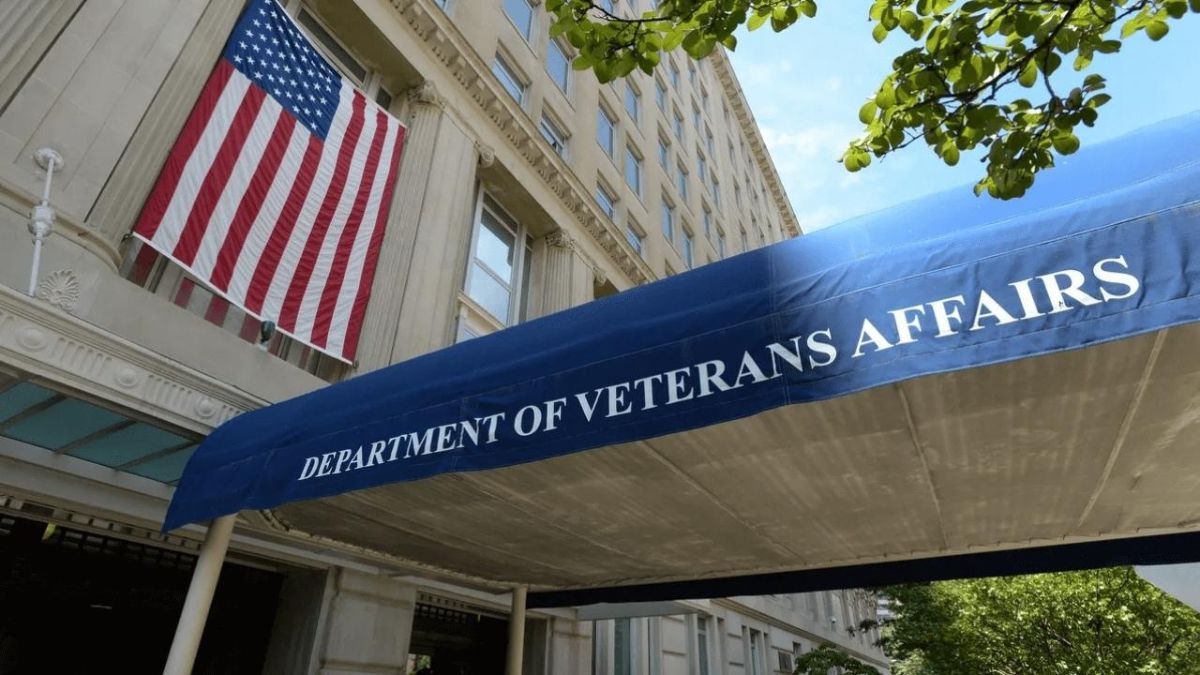In a significant move to bridge a long-standing policy gap, the Department of Veterans Affairs (VA) has announced a temporary expansion of burial benefits for eligible Veterans who pass away at home while receiving VA-funded hospice care. This change, implemented under the provisions of the Senator Elizabeth Dole 21st Century Veterans Healthcare and Benefits Improvement Act, aims to provide equal support to Veterans and their families regardless of whether the Veteran dies in a VA facility or at home. The newly expanded benefit applies to deaths occurring between July 1, 2025, and October 1, 2026.
Previously, VA burial benefits primarily supported families of Veterans who died in VA hospitals or nursing homes. However, Veterans discharged into hospice care at home—despite being under VA support—did not always qualify for the same level of burial allowance. The new provision addresses this inconsistency, ensuring families of these Veterans can receive reimbursement for funeral, interment, and transportation expenses. The VA has described this as a meaningful shift toward honoring end-of-life care preferences without compromising the dignity and recognition Veterans deserve.
New Guidelines Expand Eligibility Criteria
The updated policy covers Veterans who were inpatients at VA hospitals or nursing homes before being formally discharged to home-based hospice care funded by the VA. If such a Veteran passes away at home within the eligibility period, their family will now qualify for full burial benefits.
The VA has clarified that all four conditions must be met to qualify:
| Eligibility Criteria | Details |
|---|---|
| VA facility admission | Veteran must have been admitted to a VA hospital or nursing home |
| Discharge to hospice care | Must be formally discharged into VA-funded home hospice |
| Location of death | Death must occur at the Veteran’s home |
| Valid timeframe | Death must occur between July 1, 2025, and October 1, 2026 |
This is not a blanket expansion of benefits but rather a targeted provision designed to close the gap for families of Veterans who chose home-based hospice care.
Financial and Ceremonial Support for Families
The expanded burial benefits include financial reimbursement and ceremonial recognition, ensuring families are not left to shoulder the burden alone.
- Funeral expense allowance – Reimburses costs such as funeral director services, caskets, and embalming.
- Interment or plot allowance – Provided if the Veteran is buried outside a VA national cemetery.
- Transportation reimbursement – Covers the cost of moving remains to a final resting place.
- VA headstone or marker – Issued at no cost upon request.
- Presidential Memorial Certificate – Signed by the President, symbolizing national gratitude.
The VA emphasized that these supports are intended to relieve both the financial stress and the emotional weight on families during a difficult time.
How Families Can Apply for the Benefits
Families who wish to access the expanded burial benefits must complete VA Form 21P-530, the official application for burial reimbursement. Required documentation includes:
- The Veteran’s discharge papers (DD-214 or equivalent).
- Evidence of VA-provided hospice care at home.
- A death certificate confirming the date and location of death.
The VA encourages families to seek help through its national helpline at 800-827-1000, local VA offices, or Veterans Service Organizations (VSOs) such as the American Legion and Disabled American Veterans (DAV). These organizations can provide free assistance with paperwork, verification, and timely submission.
Temporary Nature and Evaluation Phase
This new provision is temporary, running for 15 months from July 1, 2025, to October 1, 2026.
| Policy Duration | Timeline |
|---|---|
| Start of eligibility | July 1, 2025 |
| End of eligibility | October 1, 2026 |
| Review phase | Post-October 2026 |
During this time, the VA will track the number of claims, administrative workload, and associated costs. The findings will guide whether the policy should become a permanent fixture in VA benefits.
This pilot-style expansion acknowledges the growing preference for home-based end-of-life care, aligning burial policies with modern healthcare realities for Veterans.
Closing the Gap in End-of-Life Veteran Support
By extending burial benefits to families of Veterans who die at home under VA hospice, the department is making a significant step toward equitable treatment. The change eliminates the disparity between Veterans who pass away in facilities versus at home, ensuring their service is honored equally.
The VA stated that this policy honors the wishes of many Veterans who prefer to spend their final days in the comfort of their homes, without denying their families the dignity of ceremonial recognition or the financial support traditionally provided for facility deaths.
Experts believe this move could also prompt broader, long-term policy reform if data shows a strong demand for permanent adoption. For now, families are urged to carefully review eligibility requirements and prepare documentation in advance to ensure timely benefits.
FAQs
Q1. Who qualifies for the new VA burial benefit expansion?
Veterans discharged from a VA hospital or nursing home into VA-funded home hospice who die at home between July 1, 2025, and October 1, 2026.
Q2. What types of expenses are covered under the expanded benefit?
Families can receive reimbursement for funeral expenses, interment or plot allowances, transportation of remains, VA-provided headstones, and ceremonial certificates.
Q3. How can families apply for these burial benefits?
By submitting VA Form 21P-530 with supporting documents such as discharge papers, hospice care proof, and a death certificate.
Q4. Is this expansion permanent?
No. It is temporary for 15 months and will be evaluated after October 2026 to determine whether it should become a permanent policy.
Q5. Where can families get assistance with applications?
They can call the VA helpline at 800-827-1000, visit a local VA office, or work with Veterans Service Organizations like the DAV or American Legion for free guidance.







